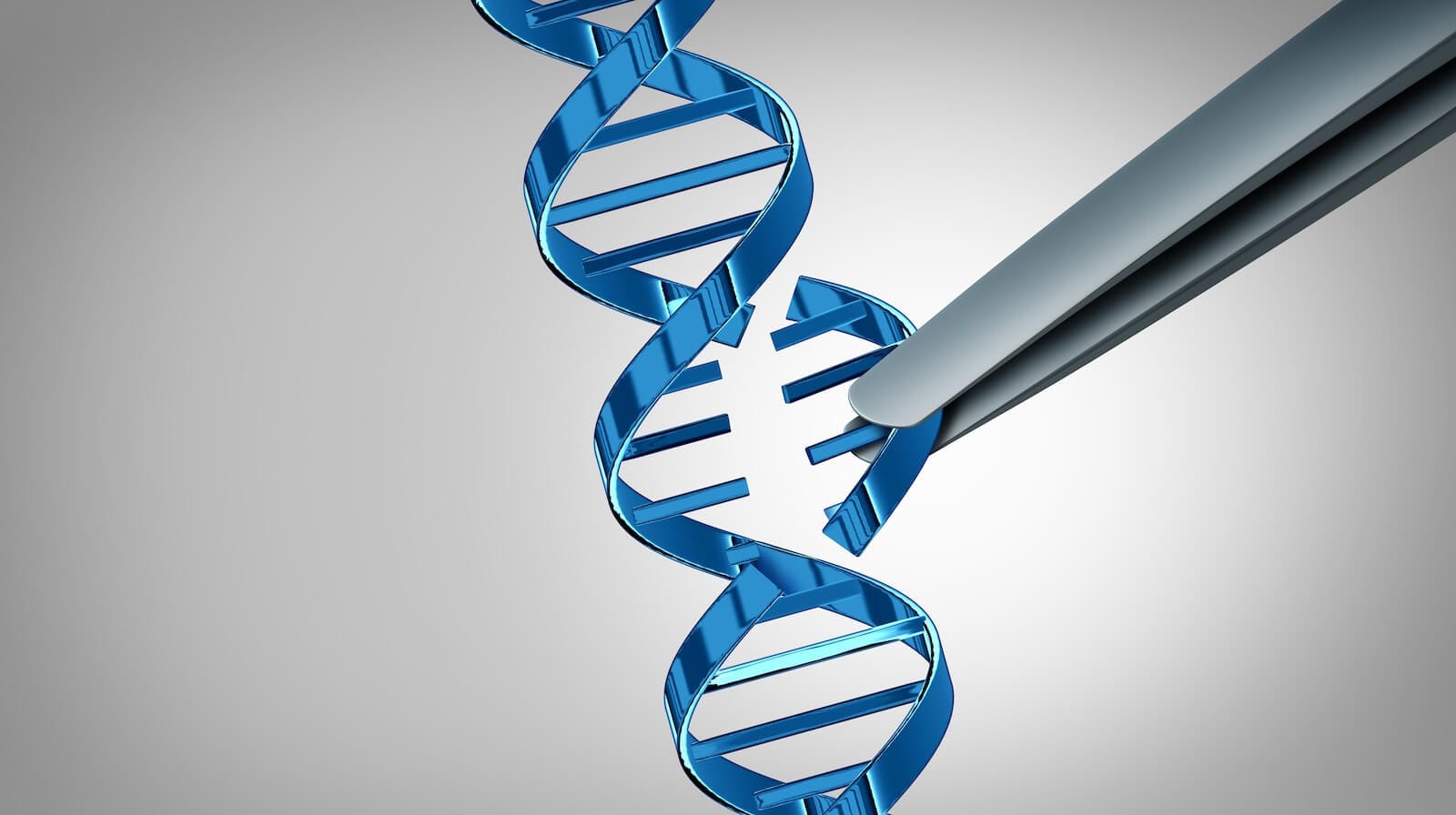SEPTEMBER HEALTHCARE BREAKOUT IN DOUBT -- PHARM HOLDERS RETEST AUGUST LOW
HEALTHCARE ETF IS SLIPPING ... On September 7 I wrote a positive story on the healthcare sector which was based on good chart action combined with relative strength (September 07, 2005). Although the group hasn't done that badly since then, it hasn't done that well either. So we'll take another look. We'll also see how the drug sector has failed to follow-through on its early September gains. The weekly bars in Chart 1 show an updated version of the chart shown three weeks ago. At the time, the Health Care SPDR (XLV) had just broken through its 2004 high to reach the highest level since 2000. Its relative strength ratio along the bottom had already broken a two-year down trendline reflecting good 2005 relative performance. Since then, however, the XLV has slipped back below the breakout point (see green horizontal line). While that doesn't totally negate the bullish breakout (since the entire market has been slipping as well), it does diminish the bullish case for healthcare. Let's take a closer look at the recent slippage.

Chart 1
XLV FALLS BELOW 50-DAY LINE ... The daily bars in Chart 2 give a closer view of the recent healthcare performance. Two things on the chart are of some concern. One is the fact that the Health Care SPDR has fallen back below its 50-day average. The other is the slippage in its relative strength ratio since the start of September. One of the principal attractions of healthcare is its role as a defensive sector. In other words, it should hold up better than the rest of the market. That's now being called into question.

Chart 2
BIOTECH ISHARES THREATEN 50-DAY LINE... Biotech iShares (IBB) have been a real bright spot since early June as shown by the rising relative strength line. It has started to slip, however, over the last couple of weeks. The daily bars show the IBB threatening to fall below its 50-day moving average. Its relative strength ratio is also slipping a bit. Chart 4 shows that Amgen is doing pretty much the same. That's important because Amgen is the biggest holding in the IBB. The real culprit in the poor healthcare performance, however, is in the drug group.

Chart 3

Chart 4
PHARM HOLDERS REALLY DISAPPOINT ... A large part of my enthusiasm earlier in the month was based on signs of an upturn in the Pharm Holders (PPH). The daily bars in Chart 5 show that the PPH had risen above both moving average lines and was starting to show signs of upside leadership. Since then, however, the PPH has fallen all the way back to its August low. Why that's so important is that the big pharmas carry the heaviest weighting in the XLV. The two biggest XLV holdings are Pfizer and Johnson & Johnson. Chart 6 shows Pfizer is also retesting its August low and looks remarkably similar to the XLV. JNJ has held up a little better, but is breaking its 50-day line today (Chart 7). A couple of other drug leaders featured early in the month have fared better, but have also slipped.

Chart 5

Chart 6

Chart 7
SCHERING PLOUGH AND WYETH PULLBACK ... The September 7 message showed Schering Plough and Wyeth hitting new 52-week highs and acting as drug leaders. Schering has since fallen back below its breakout point and is trading under its 50-day average. Wyeth has broken its 50-day line and is now slipping beneath the early 2005 peak (see circle). While both drug stocks are doing much better than the group in general, and qualify as potential leaders, their short-term trends are weakening.

Chart 8

Chart 9
I STILL LIKE HEALHCARE, BUT NOT THE DRUGS ... The sector performance charts show that healthcare is one of only three winning sectors this year behind energy and utilities. Given my generally cautious view on the overall market, I still like the defensive qualities of healthcare. The recent pullback has dampened that enthusiasm a bit, but not enough to abandon the group. That's not the case with drug stocks. The recent dismal performance of the Pharm Holders has taken them off my buy list.










